Yes you can go deeper
Deaths by country[edit]
*Mainly homicides rather than battle-related casualties
About Declarations of War by Congress
The Constitution grants Congress the sole power to declare war. Congress has declared war on 11 occasions, including its first declaration of war with Great Britain in 1812. Congress approved its last formal declaration of war during World War II. Since that time it has agreed to resolutions authorizing the use of military force and continues to shape U.S. military policy through appropriations and oversight.
| Country | Date | Senate Vote | Effective Date |
|---|---|---|---|
| Great Britain | Jun 17, 1812 | 19-13 | Jun 18, 1812 |
| Mexico | May 12, 1846 | 40-2 | — |
| Spain | Apr 25, 1898 | UC | — |
| Germany | Apr 4, 1917 | 82-6 | — |
| Austria-Hungary | Dec 7, 1917 | 74-0 | — |
| Japan | Dec 8, 1941 | 82-0 | — |
| Germany | Dec 11, 1941 | 88-0 | — |
| Italy | Dec 11, 1941 | 90-0 | — |
| Bulgaria | Jun 4, 1942 | 73-0 | — |
| Hungary | Jun 4, 1942 | 73-0 | — |
| Rumania | Jun 4, 1942 | 73-0 | — |
INFOGRAPHIC
INFOGRAPHIC
INFOGRAPHIC
The less-reported conflicts of the Middle East
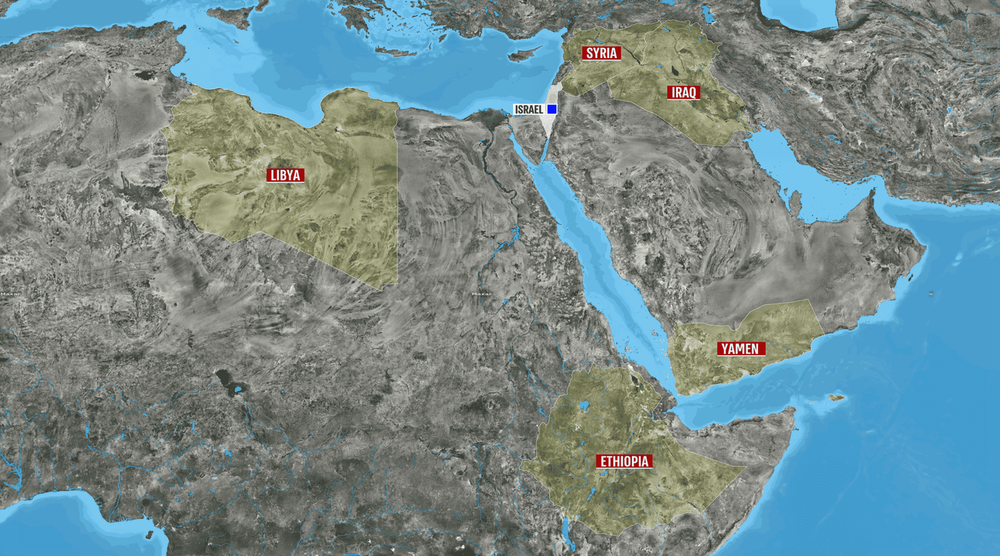
Both domestic and foreign actors are finding it increasingly difficult to achieve their political goals through military means
The Middle East is in turmoil.
Embroiled in conflict, with long-standing civil wars raging on for years, it has long been a region that has required significant international efforts to improve conditions on the ground. However, the decade that followed the Arab Spring has left it even more bloody and violent, with much of the international intervention manifesting as various proxy wars across the region.
The Palestinian-Israeli conflict, which predates the Arab spring, is perhaps the best-know – with the most news coverage – conflict in the region. But sectarian infighting and political fragmentation, which spread across the Middle East following the 2011 protests, saw significant escalations of other local conflicts.
With civil wars raging in Syria, Iraq, Yemen, Libya and Ethiopia, to name a few, hundreds of thousands of people were killed over past year in those countries alone. Between these five conflicts more than 25 million people have been displaced, and millions more are in daily need of humanitarian aid.
Diving into the current situation of each of the five aforementioned conflicts, they can all broadly be described as stalemates. Both domestic and foreign actors are finding it increasingly difficult to achieve their political goals through military means. On the one hand, this has led to a series of de-escalations. On the other hand, this is often a result of exhaustion and conflict fatigue. Thus, this should not necessarily be seen as cause for optimism.
Syria: From popular protests to full-out war
What began as protests against Syrian President Bashar Al-Assad amid the broader 2011 Arab Spring protests, rapidly escalated into a full-scale civil war.
On one side, the Syrian government – backed by Russia and Iran – and on the other, anti-government rebel groups, backed by the United States, Saudi Arabia, Turkey, and other regional actors.
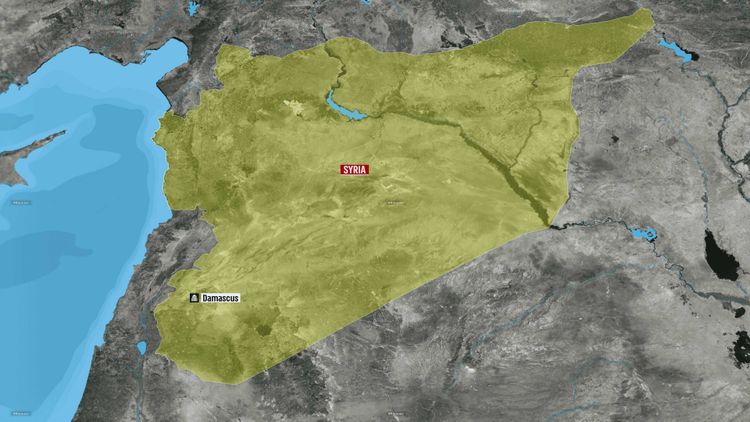
With the Islamic State (ISIS) mostly defeated in 2019, the Syrian conflict remained separated into two main campaigns: continued fighting between the Syrian government and opposition forces in limited areas, and cross-border military operations against Syrian Kurds by Turkish forces.
12 years in, the Syrian civil war is largely considered to be over. Despite continued fighting in Idlib in the north and Dar'aa to the south, the Assad regime is in control of roughly 95 percent of the country's territory and talks of his removal ceased years ago. Instead, well-aware of this stalemate, regional leaders have recently begun to extend a warm hand to Assad.
What began last year with a surprise visit to the United Arab Emirates, and a warm reception by then-Abu Dhabi Crown Prince and current UAE President, Sheikh Mohamed Bin Zayed Al Nahyan, has since seen a gradual end to Syria's regional isolation.
The latest move in that direction is an expected invitation by Saudi Arabia to the Syrian President to attend an Arab League summit in Riyadh next month.
Iraq: A civil war waiting to erupt
Perhaps the least active of all of the five mentioned conflicts, sectarian tensions in Iraq threaten to engulf the country in another war, with the country still recovering from the war against the Islamic state.
More than two million people remain internally displaced and nearly nine million are in need of humanitarian assistance following the nearly four-year war.
In April 2018, U.S. military forces formally ended their combat operations in Iraq. They have since remained in a limited capacity with the purpose of advising and training Iraqi government forces.
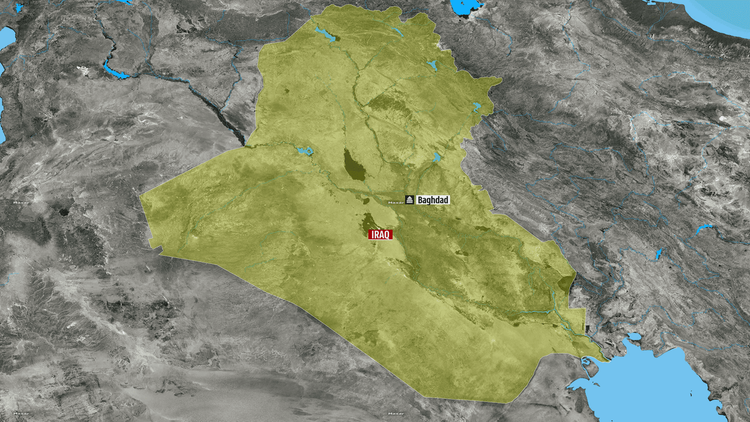
The main stage has been seized by firebrand Shiite cleric Muqtada Sadr. A coalition of parties led by the former militia leader won a surprise victory in Iraq’s parliamentary elections in May 2018. These results put into question Iranian influence in Iraq, as well as the future of U.S. troops in the country.
Despite being seen as a kingmaker in Iraq, Sadr has kept a low profile since some of the worst violence in years in the country started on August of 2022 in Baghdad’s Green Zone. Sadrist supporters conducted a month-long protest that included multiple sit-ins in parliament.
With Iraqi security forces barely able to contain the last round of violence between pro and anti-Iran camps, the next flare-up could have more substantial ramifications moving forward.
Yemen: The world's worst humanitarian crisis
Now in its ninth year, the civil war in Yemen has ravaged much of the nation of 33 million people.
Over 150,000 people have been killed in the fighting that began in 2014. Since then, the Houthi insurgents – Shiite rebels with links to Iran – have maintained control of Yemen’s capital and largest city, Sana'a.
The coalition of Gulf states led by Saudi Arabia, which launched a campaign of economic isolation and air strikes against the Houthis in 2015, with logistical and intelligence support by the U.S. But it has completely failed to remove the Houthi insurgency.
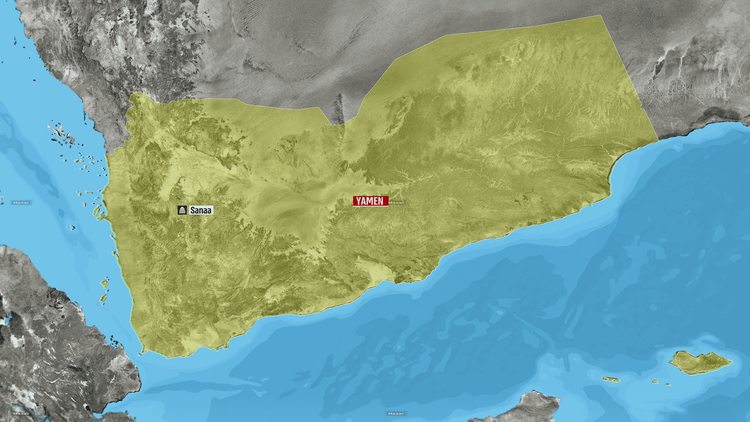
In April 2022, the United Nations negotiated a cease-fire between the Houthi rebels and the Yemeni government. This period saw the opening of the key port Hudeidah to bring fuel and food into the Houthi-controlled north. Also, Sana’a airport was reopened for commercial flights. Yet, in the absence of any kind of political agreement between the sides, the ceasefire stopped being extended.
Currently, the fractured country continues to see limited fighting between coalition forces and Iranian-backed Houthi rebels. The conflict remains fueled by fighting for control over the country's oil industry, mainly in the Marib region in northern Yemen. It is one of the government's last strongholds in the country, along with Al-Bayda province in the south.
Meanwhile, the conflict continues to take a heavy toll on Yemeni civilians, making Yemen the world’s worst humanitarian crisis according to the U.N.
Libya: A fractured nation pulled apart by foreigners
Here's an example of another country that was thrown into chaos in the wake of the Arab spring.
Since the ouster and death of former leader Muammar al-Qaddafi in October 2011, the oil-rich country has remained in turmoil. Attempts to build a democratic state have failed spiraled into a civil war between rivaling governments in 2014, essentially splitting the Libyan military into two warring factions.
Since then, the fighting has mainly been between rival political powers in East and west Libya. The U.N.-backed Tripoli administration, known as the government of national accord (GNA) and led by Prime Minister Fayez Sarraj, controls the West. The GNA is supported mainly by Turkey and Qatar but also Iran.
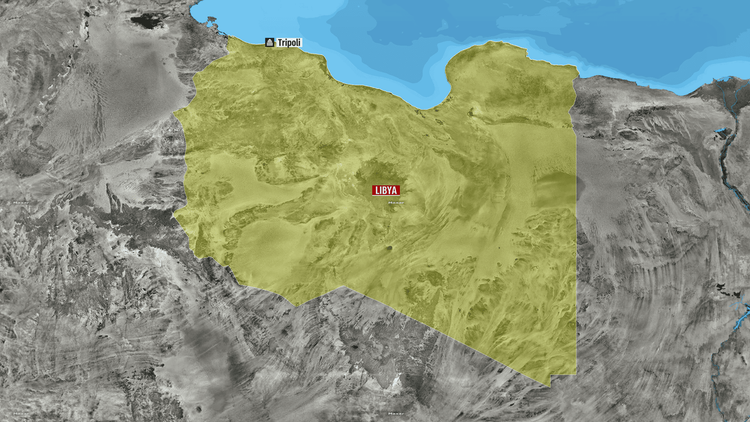
The Tobruk administration, which left to the eastern city after disputed elections, appointed renegade general Khalid’s Haftar to lead the Libyan National Army (LNA) and restore its sovereignty. The LNA enjoys the support of many countries, notably Russia, Egypt, the UAE and Saudi Arabia.
The absence of a cohesive governing body and unified security forces have enabled Islamist groups, including ISIS, to maintain a foothold in the country‘a southern regions. Meanwhile, despite international efforts to establish a unity government, intermittent fighting and armed clashes between various rival militia groups continue across the country, mainly around oil fields.
United Nations investigators say there is evidence that crimes against humanity have been committed against Libyans and migrants stuck in Libya, committed by state security forces and armed militia groups.
Ethiopia: The rebuilding begins
While it is debatable whether it can be included as part of the Middle East, Ethiopia’s northernmost region of Tigray has been at the center of an ongoing civil conflict since November 2020.
The conflict involves regional militias, the federal government, and the Eritrean military and has attracted the concern of humanitarian groups and external actors since November 2020.
The two-year conflict triggered a refugee and displacement crisis that is still ongoing.
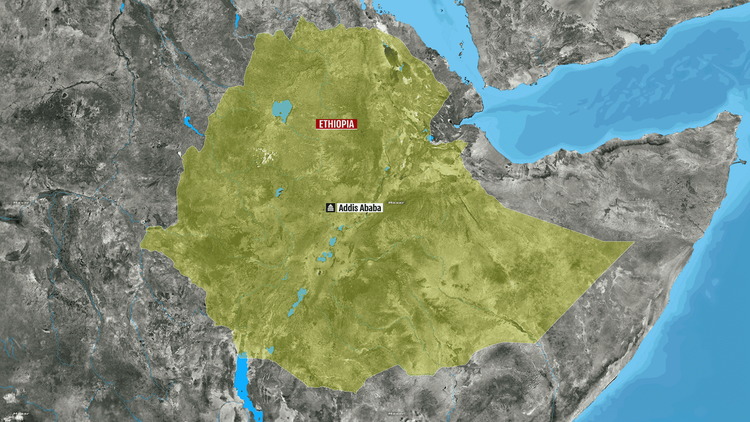
In 2021, Ethiopia reported 5.1 million internally displaced people in twelve months, the most people internally displaced in any country in any single year. Additionally, millions more have fled to neighboring Sudan as the northern part of Ethiopia, especially Tigray, remains cut off from food, water, and medical aid.
A peace deal signed in November has raised hopes for thousands of Ethiopians that might be able to return home. It has stopped both the fighting and a blockade of Tigray by federal forces that led to probably hundreds of thousands of deaths from bombs, bullets or war-induced famine and disease.
But as the country tries to rebuild after a devastating conflict, the United Nations is calling for investigations into U.S. claims that Ethiopian and Eritrean troops, as well as rebels, committed war crimes during the brutal conflict.
>>

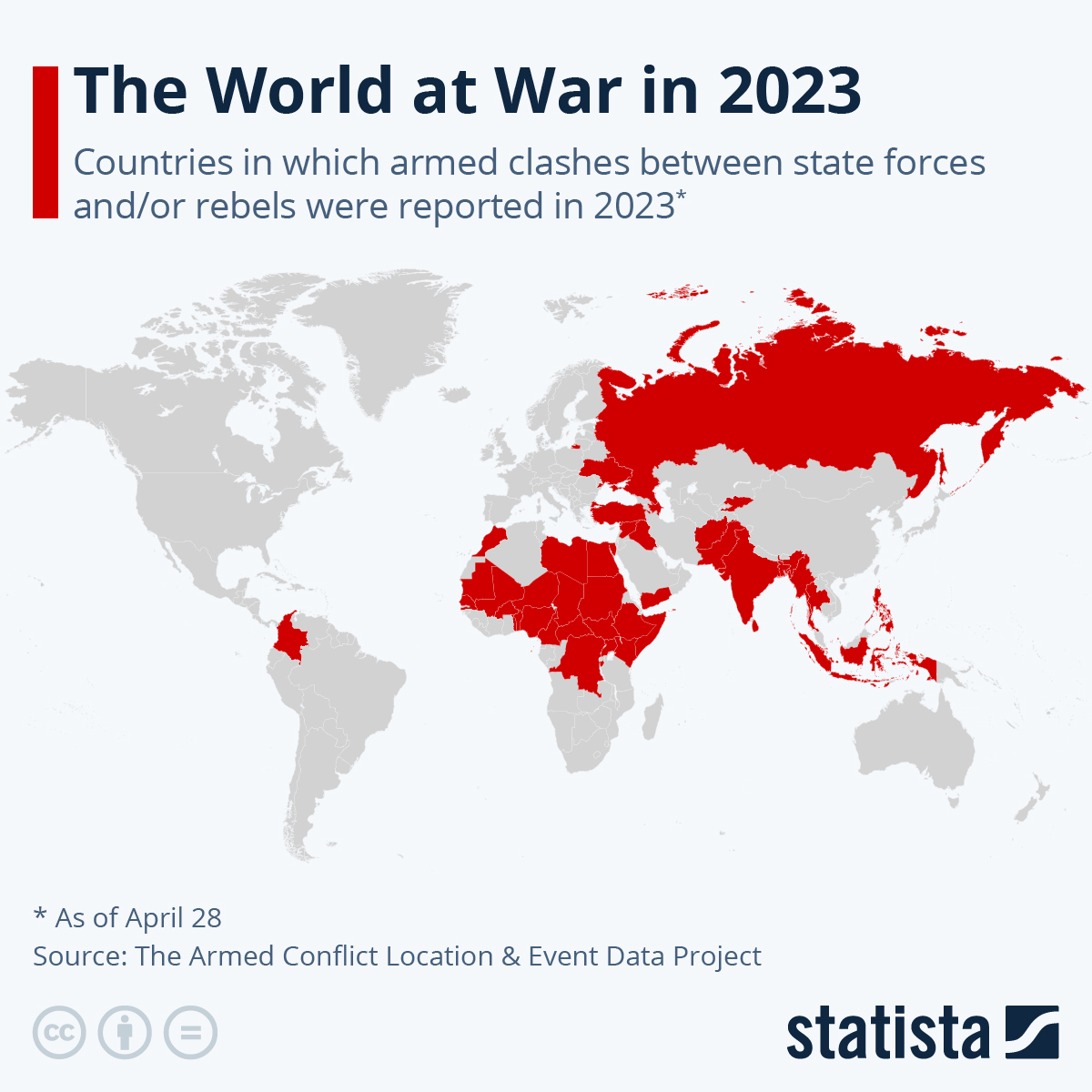
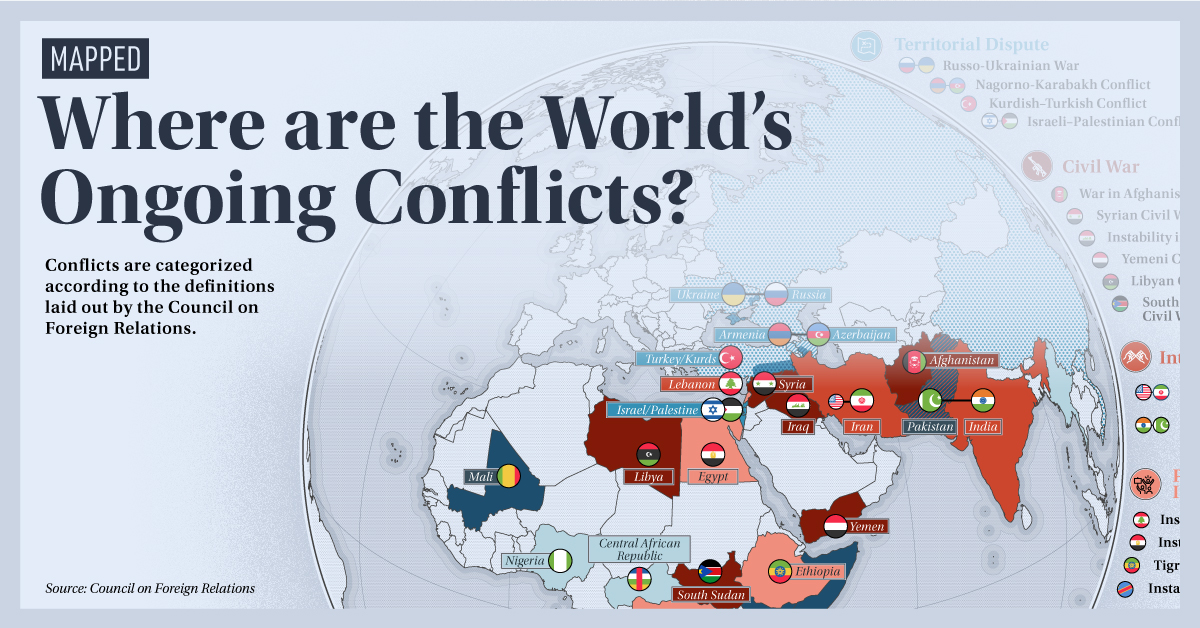
![World Map by most recent war fought on each country's land [1425x625] : r/MapPorn](https://external-preview.redd.it/Ugj4-gokMFVWlrpS3OFRgYj4r3YSfOHLEM2JYwprZrU.png?auto=webp&s=b92b6d689ba477e579b60c8cdbaf6ca339371721)


No comments:
Post a Comment